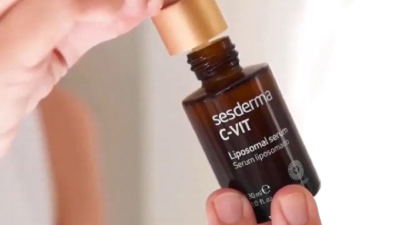Ceramic ware is an attractive, versatile option for serving and storing food. It’s durable, easy to clean, and made from natural materials. Ceramic bowls are easy to use, but they must be 100% carefree. To keep your bowls looking great for years to come (and avoid costly replacements), you must provide adequate care and maintenance. Worry not because this guide details everything you should know about ceramic care, which will help you decide if ceramics are for you!
How are Ceramics Made?
- Clay is the most common material used to make ceramics. Ceramics is a term that refers to any object made of clay, including plates and bowls.
- Clay is naturally occurring and can be found in many places worldwide. Still, most ceramicware manufacturers use kaolin clay because it’s white and doesn’t change colour when fired at high temperatures like other clays (earthenware). It also has low shrinkage during firing, which means pieces won’t crack as easily or lose their shape as much while making them into finished items. There are two types of kaolin clay: ball clay and china stone.
- Ball clays have larger grains than china stones or other kaolins; this helps prevent cracking due to shrinkage during firing.
Benefits of Using Ceramic Bowls
You might be wondering why you should consider using ceramics. Well, here are some of the benefits:
- Ceramics are durable and won’t chip or break when dropped. This is especially useful for children who are rough on their dishes.
- Ceramics are easy to clean, as they can be safely placed in the dishwasher or hand-washed with gentle soap and water. They also come with a non-stick coating that prevents food from sticking.
- Ceramics are safe and secure enough for microwaves, so you don’t have to worry about overheating your food while heating it quickly at work or school!
Cleaning Ceramics
Ceramics are some of the most versatile materials for cookware. They don’t scratch easily, are resistant to acids and other liquids, and can go from fridge to oven to table quickly. But there are some ways you should keep in mind when caring for your ceramics:
- Cleaning Ceramics: Always use warm water and mild dish soap when cleaning them. Avoid abrasive cleaners like steel wool or other abrasive scrub pads; they’ll scratch the surface of your pot or pan and damage its ability to heat evenly. When it comes time to dry off your kitchenware after washing it, avoid letting it sit in standing water—instead, pat dry with a towel before putting it away in a cupboard or drawer. If you do happen to get food stuck between cracks on the surface of your ceramic ware (or if something stains one piece), soak it overnight first by filling half a sink with warm water, then adding some baking soda until bubbles form around all sides of the object being removed from its bowl or pan (and we mean all sides). Then place said item into this solution for up to 12 hours before rinsing thoroughly under running tap water then using another clean rag wrapped around another hand, holding onto an object like an old toothbrush head bristles sticking outwards towards what’s being cleaned, so no scratches occur while scrubbing down inside crevices where grime has accumulated over time due lackadaisical maintenance practices during regular usage which lead up until now but hopefully not anymore because now there’s final motivation present due knowledge gained here regarding proper care techniques needed.
Ceramic Bowls vs Dinner Plates
Using ceramic bowls for serving and display purposes is acceptable. If you use them like this, place the bowl on a sturdy serving platter or tray to avoid scratches.
Ceramic dinnerware is best suited for eating as they are lighter in weight than other dinnerware pieces and can withstand the heat of hot foods better than glass dishes.












